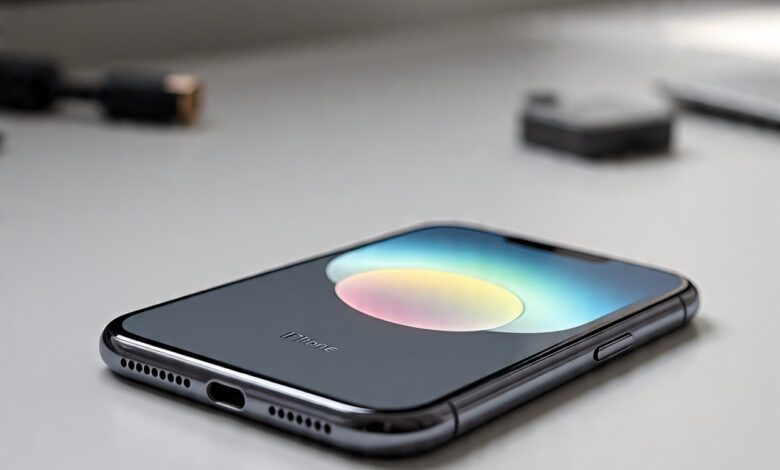
Resetting an iPhone 13 might seem simple, but doing it the wrong way can lead to data loss or software issues. As someone who has helped hundreds of users in India with iPhone troubleshooting, I’ve seen many struggle with factory resets, iCloud locks, and forgotten passcodes. That’s why I decided to create this in-depth guide—so you can reset your iPhone 13 safely and effectively.
Whether you’re selling your device, fixing performance issues, or starting fresh, this guide covers every reset method, including key precautions most blogs miss. I’ll also share insider tips from my experience as an Apple device consultant in India. Let’s dive in!
When Should You Reset Your iPhone 13?
Resetting your iPhone isn’t something you should do casually. Here’s when a reset makes sense:
-
Selling or giving away your iPhone – To wipe all personal data securely.
-
Performance issues – If your iPhone 13 is lagging, freezing, or draining battery unusually.
-
Software glitches – After a failed iOS update or persistent app crashes.
-
Forgotten passcode – When you’re locked out and need to regain access.
Quick Tip: Before resetting, back up your iPhone via iCloud or iTunes to avoid permanent data loss.
Method 1: Soft Reset (Restart) – For Minor Issues
A soft reset (or restart) fixes minor glitches without deleting data. Here’s how:
-
Press and release the Volume Up button.
-
Press and release the Volume Down button.
-
Hold the Side button until the Apple logo appears (ignore the “Slide to Power Off” prompt).
This forces a reboot, clearing temporary system errors.
Method 2: Factory Reset via Settings (Standard Method)
For a full wipe, follow these steps:
-
Go to Settings > General > Transfer or Reset iPhone.
-
Tap Erase All Content and Settings.
-
Enter your passcode and Apple ID password (if prompted).
-
Confirm by tapping Erase Now.
Pro Tip: If you’re selling your iPhone, disable Find My iPhone (Settings > [Your Name] > Find My > Find My iPhone) before resetting.
Method 3: Hard Reset via Recovery Mode (For Unresponsive iPhones)
If your iPhone 13 won’t turn on or is stuck, use Recovery Mode:
-
Connect your iPhone to a computer (Mac/PC with iTunes/Finder).
-
Force restart:
-
Press & release Volume Up.
-
Press & release Volume Down.
-
Hold the Side button until the recovery mode screen appears.
-
-
In iTunes/Finder, select Restore (not Update) to reinstall iOS.
Warning: This erases everything. Only use this if Settings reset fails.
Method 4: Using Find My iPhone (Remote Reset)
If your iPhone is lost or stolen, you can erase it remotely:
-
Go to iCloud.com and sign in.
-
Open Find My iPhone.
-
Select your iPhone 13 and click Erase iPhone.
Note: This requires an active internet connection on the iPhone.
Common Mistakes to Avoid
-
Skipping backups – Always back up before resetting.
-
Ignoring Activation Lock – If Find My iPhone is on, the new owner can’t use the device.
-
Interrupting the reset – Let the process complete to avoid corruption.
Final Thoughts
Resetting an iPhone 13 is straightforward if you follow the right steps. Whether you’re troubleshooting, selling, or just cleaning up storage, this guide ensures you do it safely.
Need more help? Drop a comment below—I reply to every question!
🔗 Further Reading:
By following these steps, you’ll keep your iPhone 13 running smoothly while protecting your data.
FAQs About Resetting iPhone 13
1. Will resetting remove the iOS update?
No, it only erases data and settings—iOS stays the same.
2. How long does a factory reset take?
Usually 5-10 minutes, but a full iCloud restore can take hours.
3. Can I recover data after a reset?
Only if you have a backup (iCloud, iTunes, or Finder).
